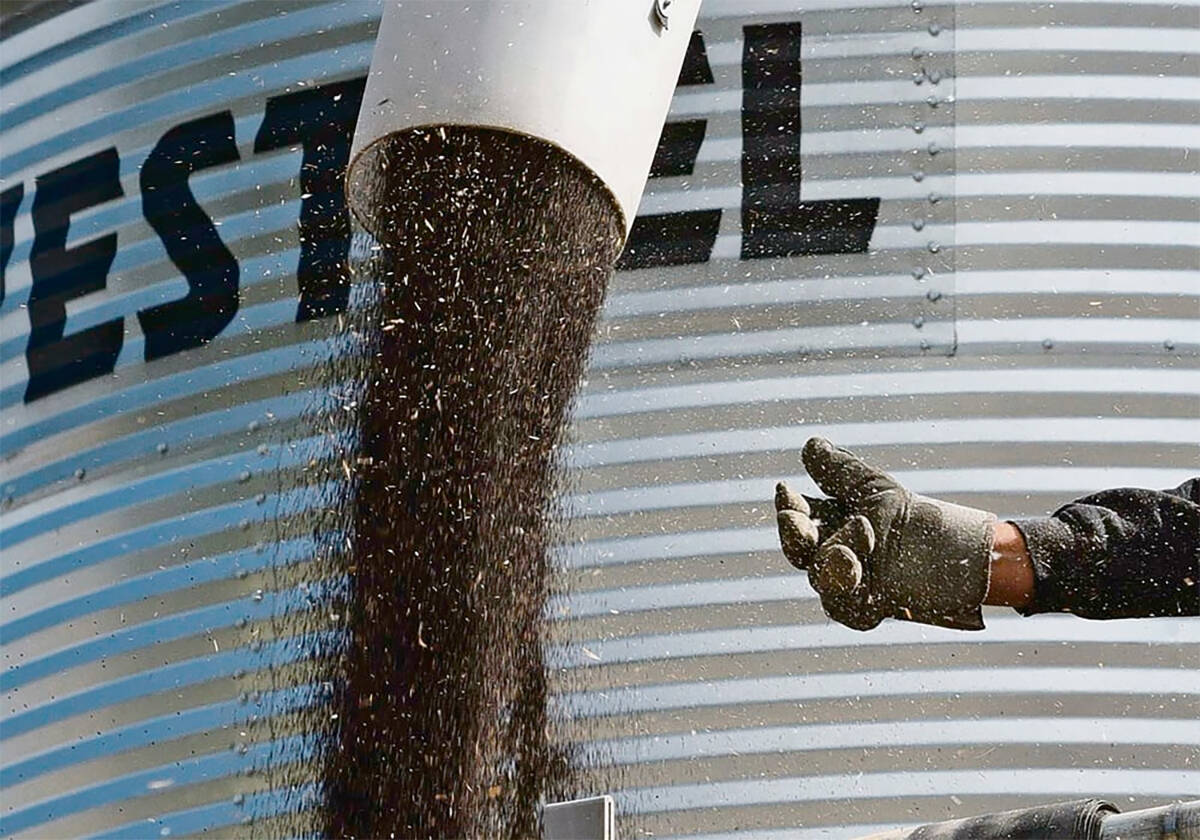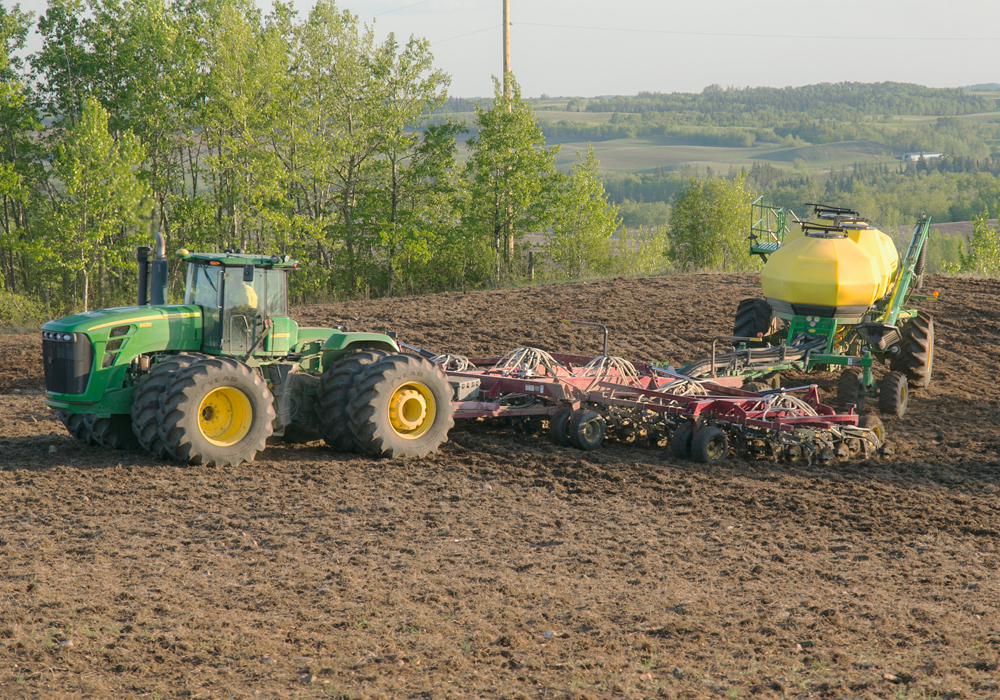LINDELL BEACH, B.C. – Moving vegetables from the controlled environment of a greenhouse to variable weather conditions in an open field often results in stressed plants during the critical adjustment phase.
Daniel Leskovar, a plant physiologist with Texas AgriLife Research, has been investigating ways to help plants make the transition more easily, which would improve the production and profitability of vegetable crops.
He has focused on understanding how plants naturally adapt to temperature, water and biological stresses by finding ways to modulate naturally occurring growth regulators in vegetables.
Read Also

Farmers urged to be grain-safe this fall
Working around grain bins comes with risk, from farmers falling to drowning in grain: Experts have five tips to help avoid grain-related accidents this harvest.
One of these regulators, the hormone abscisic acid (ABA), is found in all commercial vegetable crops.
“ABA is a natural plant hormone that is synthesized in plants in response to stress,” Leskovar said.
“For some time, this hormone has been recognized as the stress hormone since it inhibited shoot growth. However, research in the last two decades is pointing out that this hormone may play a role in maintaining growth.”
The hormone is a plant’s defence mechanism to help it tolerate weather stress situations such as high temperatures or drought at the cost of reduced growth.
Small pores called stomata are located on both sides of plant leaves. They allow oxygen and carbon dioxide to enter the leaf for photosynthesis and respiration.
ABA controls the stomata behaviour by closing leaves.
An imbalance often occurs during the transplant transition between water loss through transpiration and water absorption through the roots, which can cause plants to wilt. Wind or high temperatures can increase water loss.
“Depending on the environmental stress, say drought, plants naturally increase ABA, which will tend to close stomata so that the plant will transpire less water to maintain a higher plant water status, thus increasing plant capacity to tolerate drought stress,” Leskovar said.
“At the same time, plants are going to have a reduced photosynthesis, which means less CO2 going inside. Since carbon is the building block for growth, this process tends to reduce growth temporarily, particularly leaf and shoot growth. Other responses of ABA include reduced leaf area and increased leaf thickness.”
ABA is a safe, natural growth hormone, and the goal is to produce a compact, uniform and stockier plant able to avoid transplant shock once they are in the field.
Leskovar expects industry to register an ABA product within the next two years for use in vegetable transplants . He anticipates it will most likely be a foliar spray.
Leskovar’s work is timely, given the challenges of climate change.
“Increases in high temperatures and droughts associated with climate change will affect physiological responses in plants experiencing those stresses,” he said.
“Both plant growth and development processes may be affected as well. The response will vary with species, (but) knowing how ABA controls root growth under drought stress scenarios will be of significance to improving plant and crop performance.”
Leskovar said his team has had positive responses in watermelons and peppers that were subjected to drought stress to save irrigation and the cost of pumping in the high plains of Texas.
Researchers now need to better understand how ABA controls growth and development of vegetable crops in the field.














